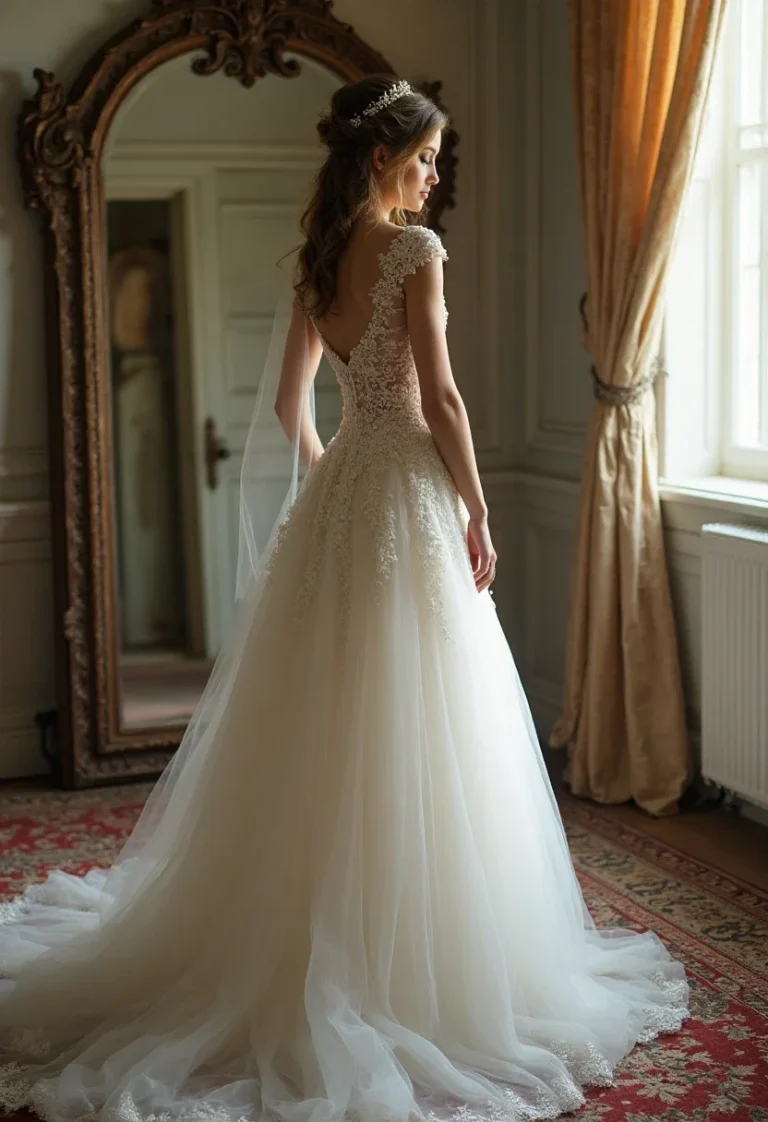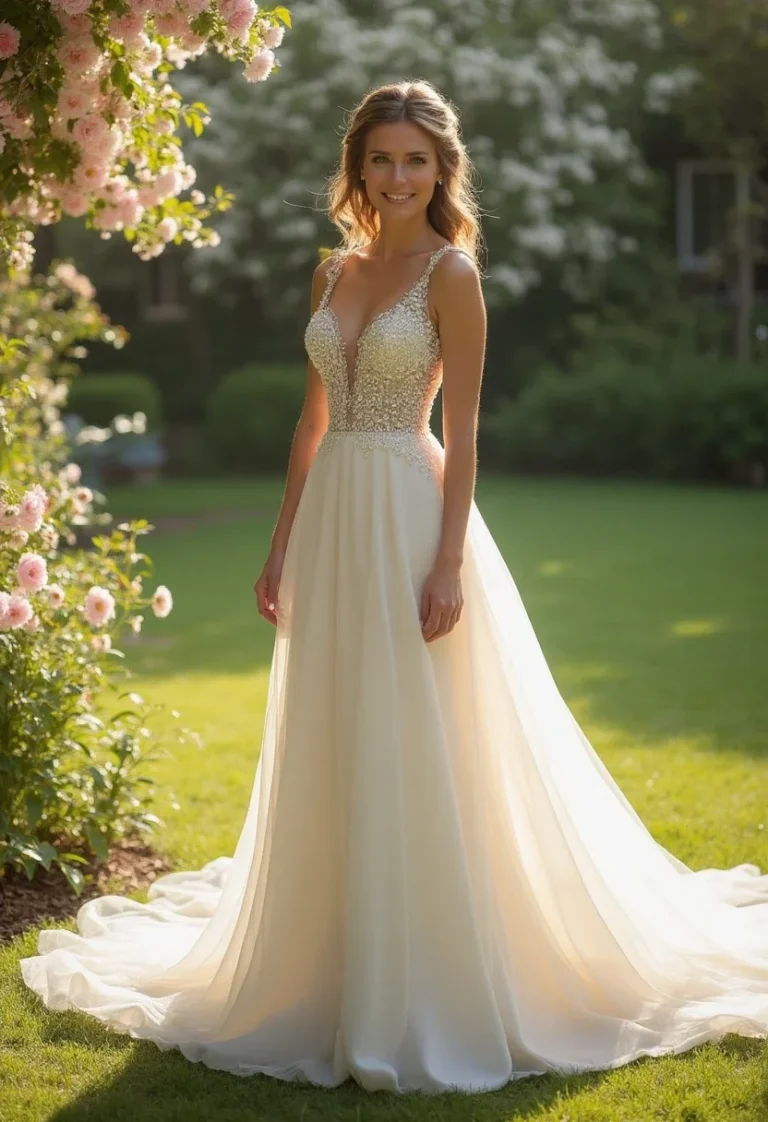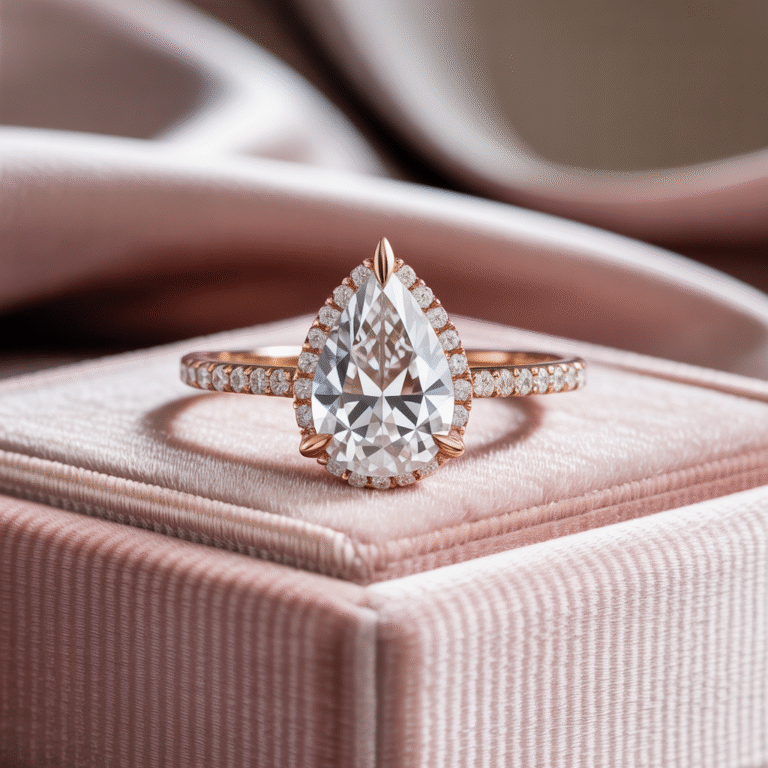This Is the Average Ring Size for Men and Women
Introduction
Understanding ring sizes is essential when selecting jewelry, whether for oneself or as a gift. The average ring sizes for men and women can vary significantly based on several factors, including cultural norms and personal preferences. This article explores these averages, providing insights into the factors that influence ring size and offering guidance on how to obtain the perfect fit.
Definitions
Ring size is a measurement of the circumference or diameter of a ring, typically expressed in numerical sizes. In the United States, ring sizes range from 3 to 13 for women and from 8 to 14 for men. These sizes can be measured in millimeters or inches, depending on the region and the measuring system in use.
Commonly, women’s ring sizes average between 5 and 7, while men’s sizes tend to be between 8 and 12. However, these averages can fluctuate due to factors such as age, geographic location, and even lifestyle choices that may affect finger size.
Key Concepts
Several key concepts are essential for understanding average ring sizes. Firstly, finger size can change throughout life due to weight fluctuations, temperature, and hormonal changes. This means that a person’s ring size may not remain constant.
The sizing system is also crucial; for instance, the U.S. system differs from European and Asian sizing. In the U.S., sizes are based on a numerical scale, while the European system uses a measurement of the inner circumference in millimeters.
Another important concept is the method of measuring ring size. Accurate measurement can be achieved using various techniques, including using a ring sizer or measuring a ring that already fits well. Understanding these concepts helps consumers make informed decisions when purchasing rings.
Examples
For women, an average size of 6 is common, with many opting for sizes 5 to 7. This can be seen in engagement rings, where size 6 is frequently chosen as a standard. Conversely, men often choose size 10, but sizes 9 to 11 are also prevalent.
Some jewelry retailers provide size charts that correlate specific measurements with ring sizes, helping customers find their correct fit. For instance, a finger measuring 16.5 mm in diameter typically corresponds to a U.S. size 6 for women and a size 10 for men.
Pros and Cons
Understanding average ring sizes has its pros and cons. One significant advantage is the ability to select the right size for personal or gifting purposes. Accurate sizing can enhance comfort and satisfaction with the purchase.
On the downside, relying solely on averages can lead to errors, especially if the individual’s finger size deviates from the norm. It’s essential to consider individual circumstances and preferences when selecting a ring size.
Case Study
A recent survey conducted among jewelers revealed that 70% of women prefer to wear rings on their middle finger, while 80% of men typically wear their rings on their fourth finger. This data highlights how ring placement can influence size selection.
Additionally, the survey found that 65% of respondents had their ring sizes measured professionally, affirming the importance of accurate fitting in the jewelry industry.
Future Trends
As consumer preferences evolve, future trends in ring sizing may include more personalized fitting services. Advances in technology, such as 3D scanning, could provide customers with precise measurements.
Moreover, the rise of online shopping necessitates better virtual sizing tools, enabling consumers to determine their sizes accurately without visiting a store.
Conclusion
In conclusion, knowing the average ring sizes for men and women can significantly impact jewelry shopping experiences. While averages provide a helpful guideline, personal measurements remain crucial for ensuring a perfect fit.
As trends in jewelry continue to evolve, staying informed about sizing will help consumers make the best choices for their needs.
Understanding Ring Sizing Systems
It is important to note that ring sizing systems can differ not just by region, but also by the type of jewelry. For instance, some jewelers may offer half sizes, which can provide a more precise fit for individuals with measurements that fall between standard sizes. Additionally, some cultures may have unique sizing conventions, which could affect how sizes are perceived globally.
In countries like Japan, ring sizes are also measured in millimeters, but the corresponding numbers differ from those in the U.S. This underscores the need for consumers to be aware of the specific sizing system used by the jeweler they are purchasing from. Understanding these nuances can prevent misunderstandings and ensure a satisfactory shopping experience.
Factors Influencing Ring Size
Beyond personal choice, various factors can influence the average ring sizes of men and women. For instance, seasonal changes can affect finger size; many people experience swelling during warmer months due to heat. This can lead to a temporary increase in ring size, which is why some individuals prefer to get their measurements taken at different times of the year.
Moreover, lifestyle factors such as occupation and fitness levels may also play a role. For example, individuals who engage in regular physical activity may find their fingers change size more frequently due to muscle growth or weight loss. Therefore, it is wise to consider these factors when selecting a ring size, particularly for special occasions like engagements or weddings.
Common Mistakes in Ring Sizing
One common mistake people make is assuming that their ring size is static and will not change over time. As mentioned earlier, factors such as weight loss or gain, age, and even hormonal fluctuations can impact finger size. Consequently, it is advisable to have one’s ring size measured periodically to ensure it remains accurate.
Another mistake is relying solely on online ring size guides without taking the time to measure accurately. While these guides can be helpful, they may not account for individual differences in finger shape and width. Therefore, visiting a jeweler for a professional measurement is often the best approach to avoid sizing errors.
Ring Size and Gender Norms
Cultural perceptions of ring sizes can also vary by gender. Traditionally, men are often seen wearing larger, bulkier rings, while women’s rings may be more delicate and intricate. This perception can influence purchasing decisions and the average ring sizes typically chosen for each gender.
However, modern trends are shifting these norms, with more men opting for slimmer designs and women choosing bolder styles. As jewelry design continues to evolve, the average ring sizes for both men and women may become less defined, leading to a broader acceptance of varied styles and sizes.
Online Resources and Tools
As online shopping becomes increasingly popular, many retailers are developing tools to assist customers in determining their ring sizes accurately. Virtual ring sizers, which often include printable templates or video guides, can help users gauge their size from the comfort of their homes.
Some websites also offer augmented reality features that allow customers to visualize how a ring will look on their finger, further enhancing the online shopping experience. These advancements may lead to more informed purchasing decisions and fewer returns due to sizing issues.







